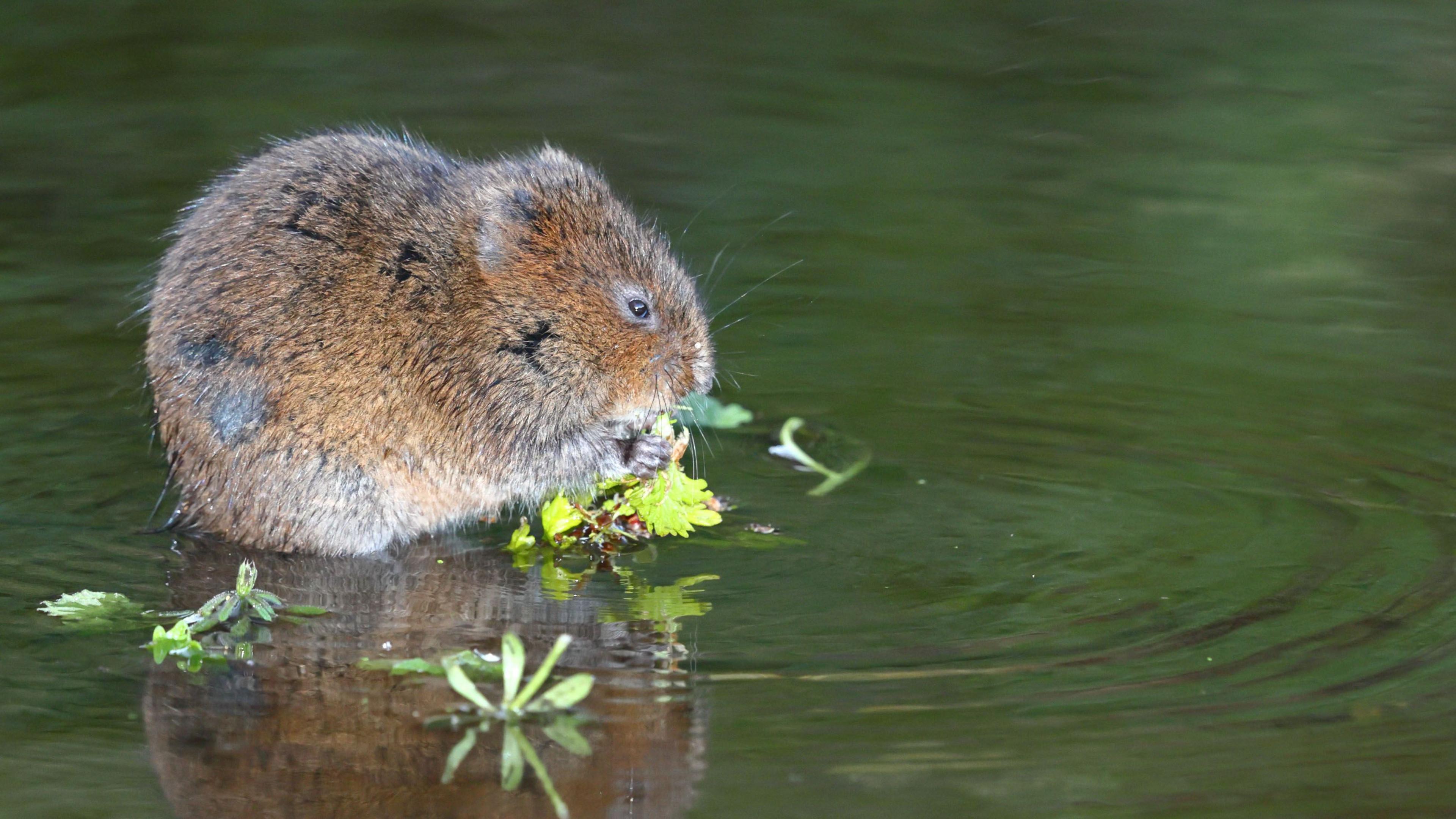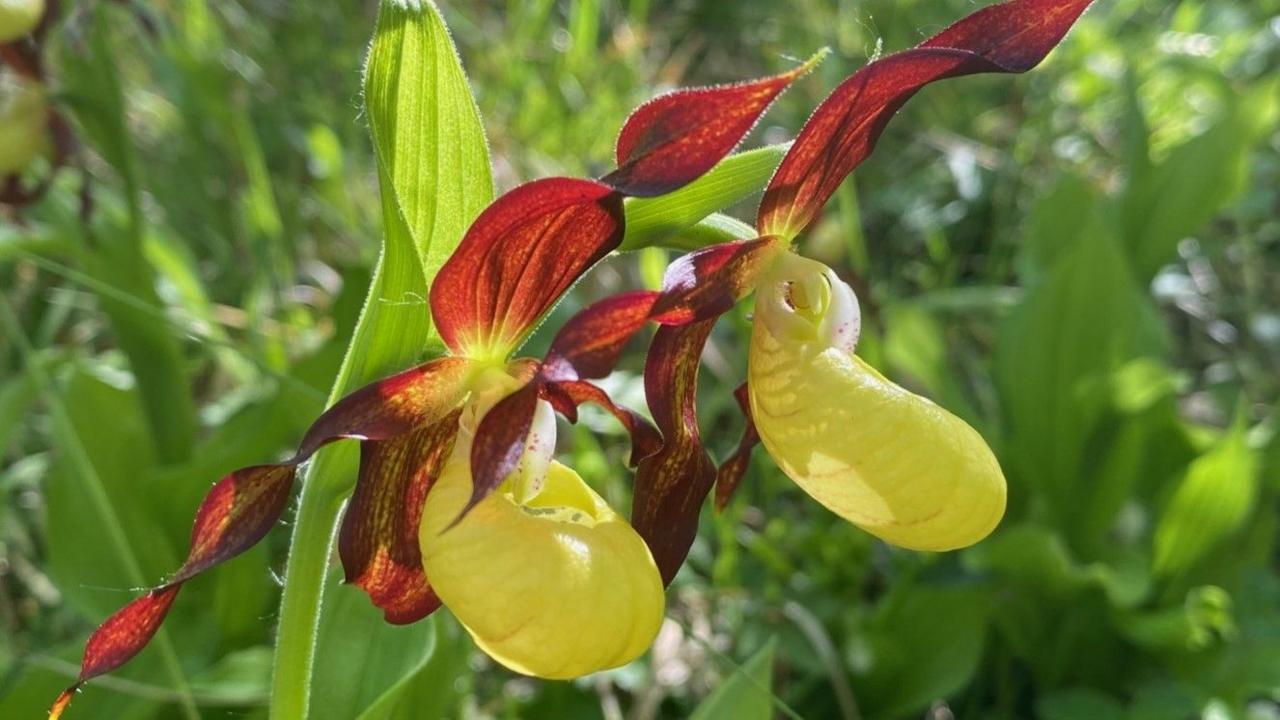Conservation efforts helped 150 rare species recover, say Natural England

Natural England say a project to help water voles was funded by the two-scheme
- Published
Natural England says a two-year scheme has supported the recovery of more than 150 species.
The Species Recovery Programme, which ran from August 2023 to March 2025, awarded £13 million to different nature projects.
Projects included helping rare wildlife like water voles, oystercatchers and lady's slipper orchid through creating new habitats or relocation.
The chairman of Natural England Tony Jupiter said the success showed it is possible to help threatened species but warned "time is running out fast" to stop declines in wildlife.
New research shows that woods and wildlife make us feel better
- Published11 February
Endangered water voles return to area of England for first time in 20 years
- Published5 December 2024
Natural England, which advises the government on the natural environment, said many of the species that were helped were close to national extinction.
The money went towards research, creating habitat, captive breeding, and moving wildlife to new areas.
The scheme's successes include the first wild-hatched red-billed chough chick leaving its nest in Kent for more than 200 years, the reintroduction of black grouse to the North Yorkshire Moors and the return of the large marsh grasshopper to the Norfolk Broads after 85 years, Natural England said.
Other completed projects include building tunnels under a road in Berkshire so adders can cross safely and the first example of rare lady's slipper orchids growing naturally in the wild in Yorkshire.
As well as 143 'leaky dams' made with natural woody materials which lets water through, to help Atlantic salmon and white-clawed crayfish while reducing flood risk.
The agency claims 15,000 individual animals and plants were translocated to expand species' territories.

A lady's slipper orchid spotted in 2024 was the first to appear in the wild for nearly 100 years
Natural England chairman Tony Juniper said the programme showed nature could be restored, but added there was a need for more projects, more volunteers and more money.
He also said there needed to be action to improve the environment, such as reducing pollution.
The Government is due to publish an amended environmental improvement plan in the autumn with green targets which will be legally binding.
Mr Juniper said the publication would be a "key moment", but more would need to be done.
"In the coming years, habitat management and creation alongside species reintroductions could be a real game changer for the health of ecosystems" he said.
Natural England has also released a threatened species recovery actions guide showing how to support more than 1,000 of England's most threatened species, from the small pearl-bordered fritillary butterfly, corncrake and natterjack toad to tiny lichens.
